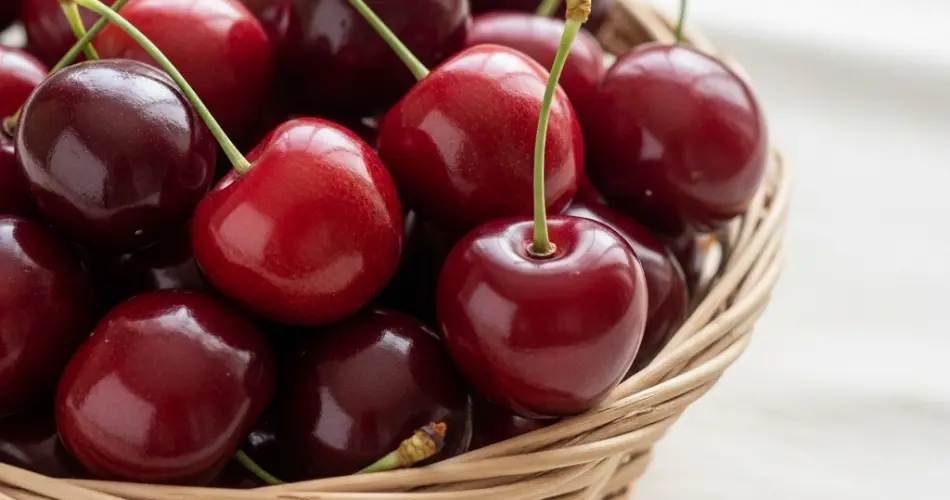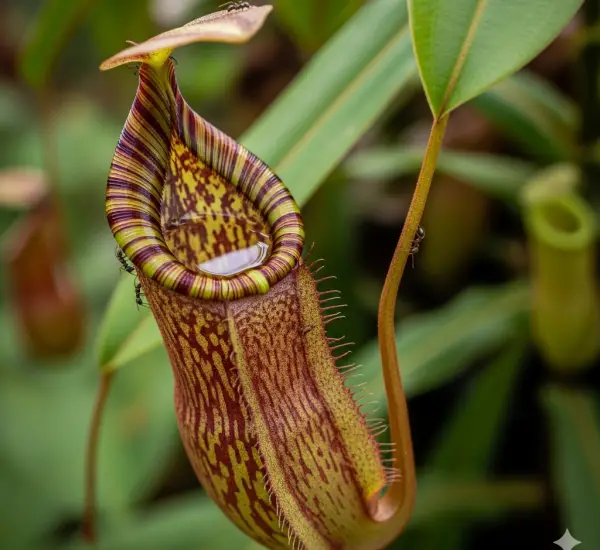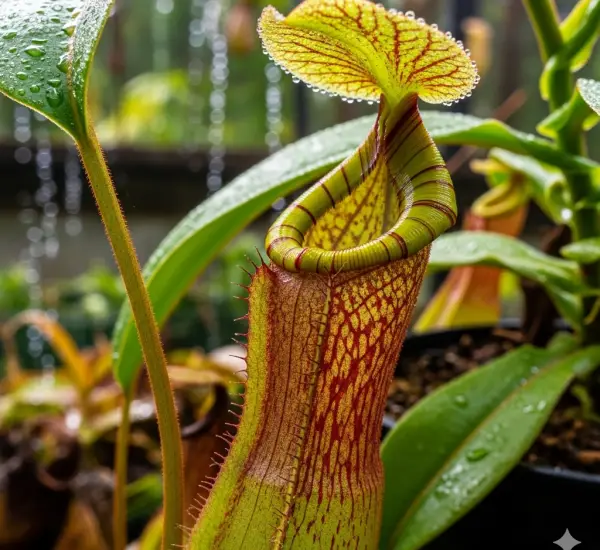Pruning cherry trees is essential for producing high-quality fruit and maintaining the health and shape of the tree. Whether you’re growing sweet or sour cherries, proper pruning encourages better airflow, increases sunlight penetration, and stimulates strong fruiting branches. It also helps prevent disease and supports manageable tree size, making harvests easier.
Here’s a complete guide on when and how to prune cherry trees to get the best possible fruit yield.
Why Pruning Matters
Cherry trees that are left unpruned tend to grow tall and crowded, resulting in poor fruit quality and an increased risk of pests and fungal infections. Pruning removes weak or damaged branches, opens up the canopy, and encourages the growth of strong fruit-bearing limbs.
Benefits of pruning cherry trees:
-
Improves fruit size and flavor
-
Allows better sunlight to reach all parts of the tree
-
Enhances air circulation, reducing disease risk
-
Keeps tree height manageable
-
Promotes stronger, more productive growth each season
When to Prune Cherry Trees
The best time to prune cherry trees depends on the type of cherry you’re growing and your local climate.
1. Late Winter or Early Spring (Dormant Pruning)
This is the most common time to prune cherry trees. Pruning during dormancy (late winter to early spring, just before bud break) allows you to shape the tree and remove unwanted growth without causing stress.
-
Ideal for sweet cherries, which are more prone to bacterial infections.
-
Avoid pruning in wet weather to reduce disease risk.
2. Summer Pruning (After Harvest)
Light pruning in summer, after fruit has been harvested, helps manage tree size and remove unwanted new shoots. This method is especially helpful for sour cherries, which grow more vigorously.
-
Do not remove major limbs in summer—stick to light thinning or shaping.
Avoid fall pruning, as it can leave the tree vulnerable to frost damage and disease over winter.
Tools You’ll Need
Use clean, sharp tools to make smooth cuts and prevent damage to the tree.
-
Hand pruners: For small twigs and shoots
-
Loppers: For thicker branches up to 1.5 inches in diameter
-
Pruning saw: For larger limbs
-
Rubbing alcohol or bleach solution: For sterilizing tools between cuts
Always sanitize your tools before and after pruning to avoid spreading disease.
How to Prune Cherry Trees: Step-by-Step
1. Start with Dead, Damaged, or Diseased Wood
Remove any branches that are dead, broken, or show signs of disease. These branches not only reduce productivity but also provide entry points for pests and fungi.
-
Cut back to healthy wood, just above a bud or branch junction.
-
Dispose of diseased material away from the garden.
2. Remove Suckers and Water Sprouts
Suckers (shoots that grow from the base or roots) and water sprouts (thin, upright shoots from branches or the trunk) sap energy from the tree but produce little or no fruit.
-
Cut suckers off at the base.
-
Prune water sprouts close to the branch of origin.
Removing these helps direct the tree’s energy toward fruit production.
3. Thin Out Crowded Branches
Open up the tree canopy by removing any crossing, rubbing, or inward-growing branches. This improves airflow and sunlight penetration.
-
Select one central leader (main trunk) and remove competing vertical branches.
-
Keep the strongest horizontal branches spaced evenly around the trunk.
Aim for a balanced, vase-like shape with an open center.
4. Shorten Long, Unproductive Branches
Trim overly long limbs to encourage lateral growth and stronger fruiting spurs. Make cuts just above a healthy bud or side branch.
-
Focus on outward-facing buds to guide future growth away from the center.
-
Cut at a slight angle to prevent water pooling on the cut surface.
This promotes bushier, more productive growth closer to the trunk.
5. Maintain Tree Size
For home gardens, it’s important to keep cherry trees at a manageable size for easier care and harvest. Annual pruning helps control height and spread.
-
For dwarf trees, aim to keep height under 8–10 feet.
-
For standard trees, prune to a shape that allows access to most branches from the ground or a low ladder.
Regular pruning reduces the need for drastic cuts in the future.
Pruning Tips by Tree Type
Sweet Cherry Trees
-
Prune lightly to avoid stress and disease.
-
Prioritize structure and airflow.
-
Best pruned in late winter or early spring while dormant.
Sour (Tart) Cherry Trees
-
More vigorous and can tolerate heavier pruning.
-
Can be pruned both in late winter and again lightly in midsummer.
-
Respond well to a more open, bushy structure.
Common Pruning Mistakes to Avoid
-
Over-pruning: Removing too much at once can shock the tree and reduce fruiting.
-
Cutting into the collar: Always make cuts just outside the branch collar to promote healing.
-
Pruning in wet weather: Increases the risk of fungal infection.
-
Neglecting young trees: Training starts in the first few years—don’t delay structural pruning.
Final Thoughts
Pruning is one of the most important tasks in maintaining a healthy, productive cherry tree. By pruning at the right time and following proper techniques, you’ll encourage strong structure, better air circulation, and higher-quality fruit. Regular maintenance not only improves the appearance of your tree but also extends its lifespan and productivity for years to come. With a little care each season, your cherry tree will reward you with beautiful blossoms in spring and a delicious harvest in summer.



